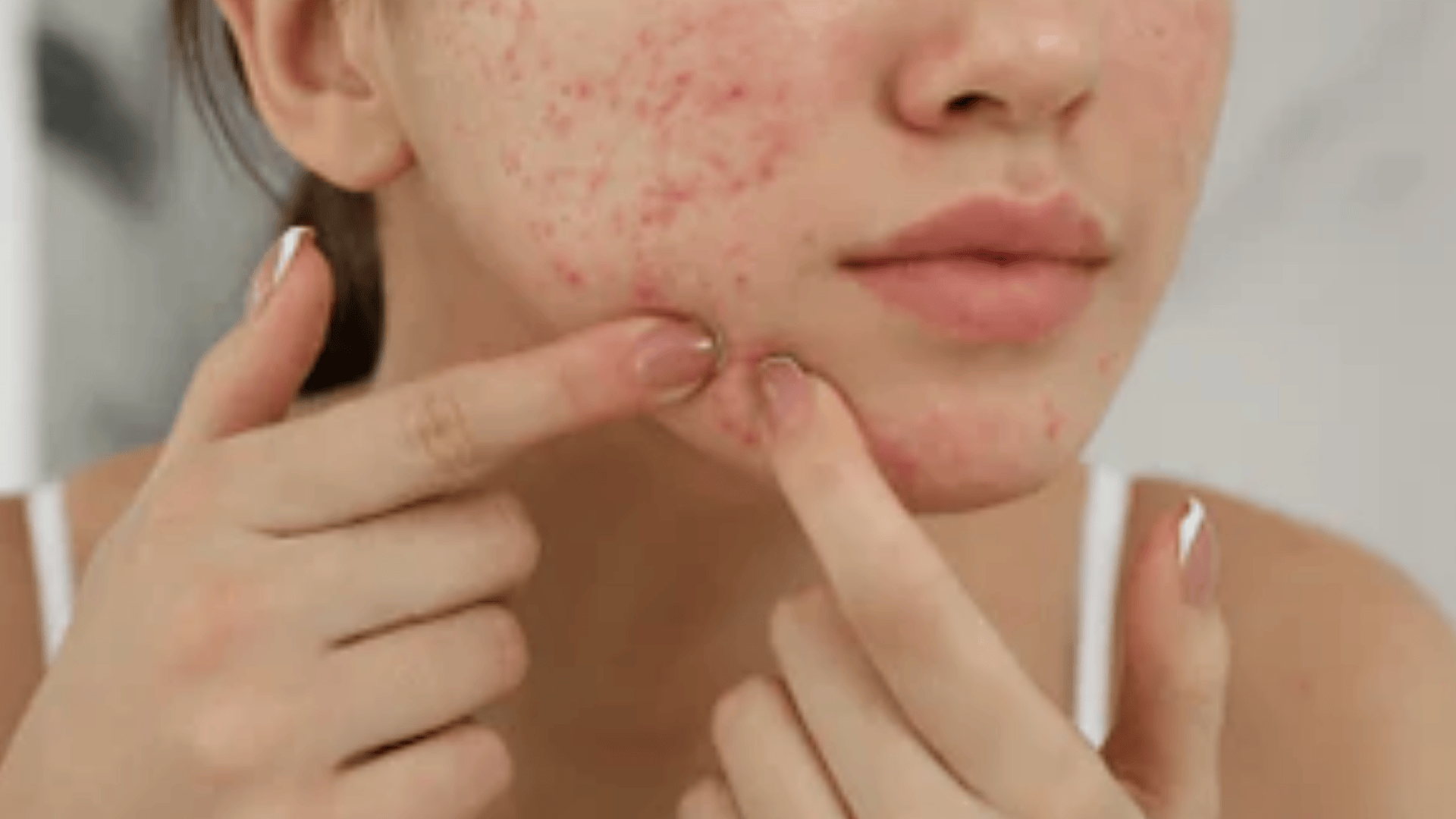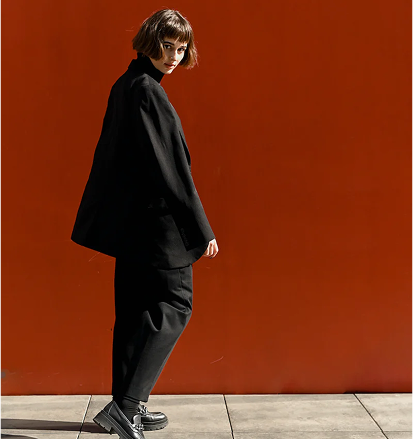Your acne finally cleared up, but you’re left with dark spots and uneven texture. Are those acne scars? Will they fade on their own? Do you need professional treatment?
Here’s the truth: what you’re seeing might not be scars at all. Many people confuse acne marks (which usually fade) with acne scars (which don’t).
The difference matters because they require completely different treatments.
This is what you need to identify exactly what you’re dealing with, explain whether scars actually go away, and show you the most effective treatments for both marks and scars.
By the end, you’ll know your next steps toward clearer, smoother skin.
What Are Acne Marks? (PIH & PIE)
Acne marks are flat discolorations left behind after a pimple heals. They’re temporary changes in skin color, not permanent damage. There are two main types:
Post-Inflammatory Hyperpigmentation (PIH) is flat brown or grey spots caused by excess melanin production after acne inflammation.
Think of them as your skin’s overreaction to healing. PIH is more common in darker skin tones and typically fades over several months with proper sun protection and targeted topicals.
Post-Inflammatory Erythema (PIE) is a pink or red mark caused by vascular changes (tiny broken blood vessels) after inflammation.
PIE is more common in lighter skin tones. Unlike PIH, PIE often needs vascular-targeted treatments because it doesn’t respond as well to typical brightening ingredients.
What Are Acne Scars?
Acne scars are permanent textural changes in your skin caused by collagen disruption during deeper acne inflammation. Unlike marks, scars involve actual structural damage to your skin.
There are two main categories. Atrophic scars (depressed) create indentations in your skin. They include icepick scars (narrow and deep), boxcar scars (wide with sharp edges), and rolling scars (wave-like undulations).
Hypertrophic and keloid scars (raised) form when your skin produces too much collagen during healing, creating raised bumps. They’re more common on the chest, back, and jawline.
The key difference? Scars are textured, not just discolored. You can feel them with your fingers.
Tell Them Apart at a Glance
Confused about what you’re seeing? Here’s how to identify the difference:
- Color vs texture test: Run your finger over the area. Marks are completely flat (brown/grey indicates PIH; pink/red indicates PIE). Scars have texture, either depressed or raised.
- Natural course: Marks usually fade over 6-12 months, especially with treatment. Many depressed or keloid scars don’t fade without professional intervention.
- The simple rule: if it’s only a color change and feels smooth, it’s a mark. If there’s a dent, raised bump, or texture difference, it’s a scar.
Key Differences: Acne Scars vs Acne Marks
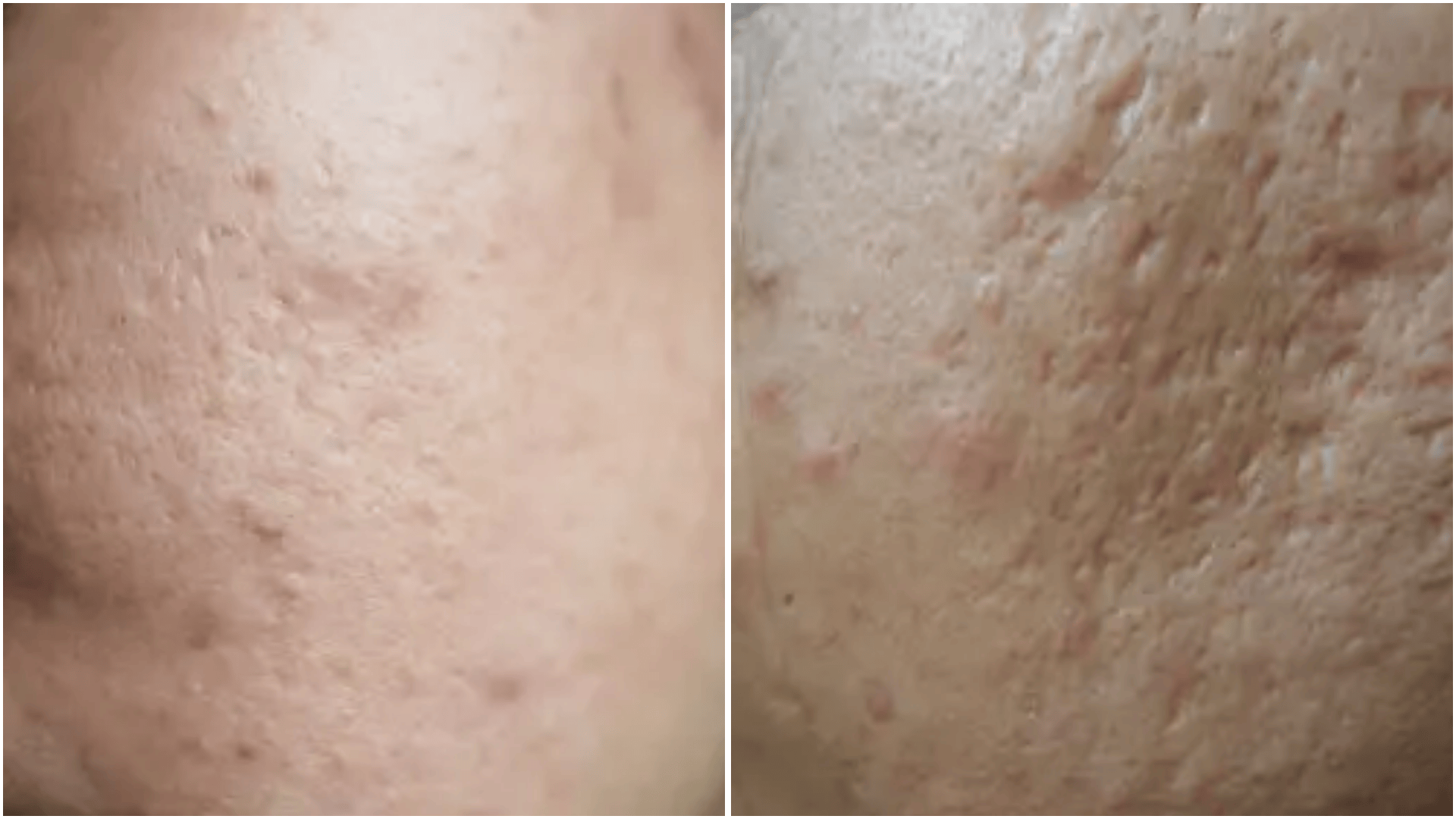
Understanding the fundamental differences between acne marks and acne scars is crucial for choosing the right treatment approach. Here’s a detailed breakdown of what sets them apart:
| Feature | Acne Marks (PIH/PIE) | Acne Scars |
|---|---|---|
| What’s affected | Skin pigment or blood vessels | Collagen structure and skin tissue |
| Appearance | Flat discoloration (brown, grey, pink, or red) | Textured changes (depressions or raised bumps) |
| Feel/texture | Completely smooth to the touch | Noticeable texture (indented or raised) |
| Cause | Inflammation triggers excess melanin (PIH) or broken capillaries (PIE) | Deep inflammation damages collagen, causing permanent structural changes |
| Will it fade naturally? | Yes, typically over 6-12 months | No, most scars persist without treatment |
| Treatment approach | Topical products (retinoids, vitamin C, azelaic acid) + SPF | Professional procedures (lasers, microneedling, subcision, fillers) |
| Treatment timeline | Gradual fading with consistent topical use | Multiple sessions are usually needed; results vary by scar type |
| Prevention | SPF, gentle skincare, and early acne treatment | Don’t pick, treat acne quickly, and avoid deep inflammation |
The bottom line: marks are temporary color changes that respond well to skincare products, while scars are permanent structural damage that typically requires professional intervention to improve.
Acne Scars vs Hyperpigmentation
Many people search for “acne scars vs hyperpigmentation” because they’re unsure which problem they’re facing.
Here’s the distinction: hyperpigmentation (specifically PIH) refers to flat, dark discoloration caused by excess melanin production after acne heals.
It’s purely a color issue with no texture change. Acne scars, however, involve physical changes to your skin’s structure, creating depressions or raised areas you can feel.
The confusion happens because severe acne often leaves both simultaneously. One breakout can trigger hyperpigmentation while also damaging collagen enough to create scarring.
That’s why effective treatment addresses both issues in parallel: topical brightening products and SPF for hyperpigmentation, combined with professional procedures for textural scarring.
Do Acne Scars Go Away?
This is the question everyone wants answered. The honest truth: many acne scars persist without intervention.
Depressed scars (icepick, boxcar, rolling) typically will not fade on their own. The collagen loss that created them is permanent. However, they can be significantly improved with the right treatments.
Keloid and hypertrophic scars also don’t disappear naturally, though some may flatten slightly over the years.
The takeaway? Don’t wait for scars to magically disappear. Early intervention produces better results and prevents scars from becoming more established.
Types of Acne Scars and What Causes Them
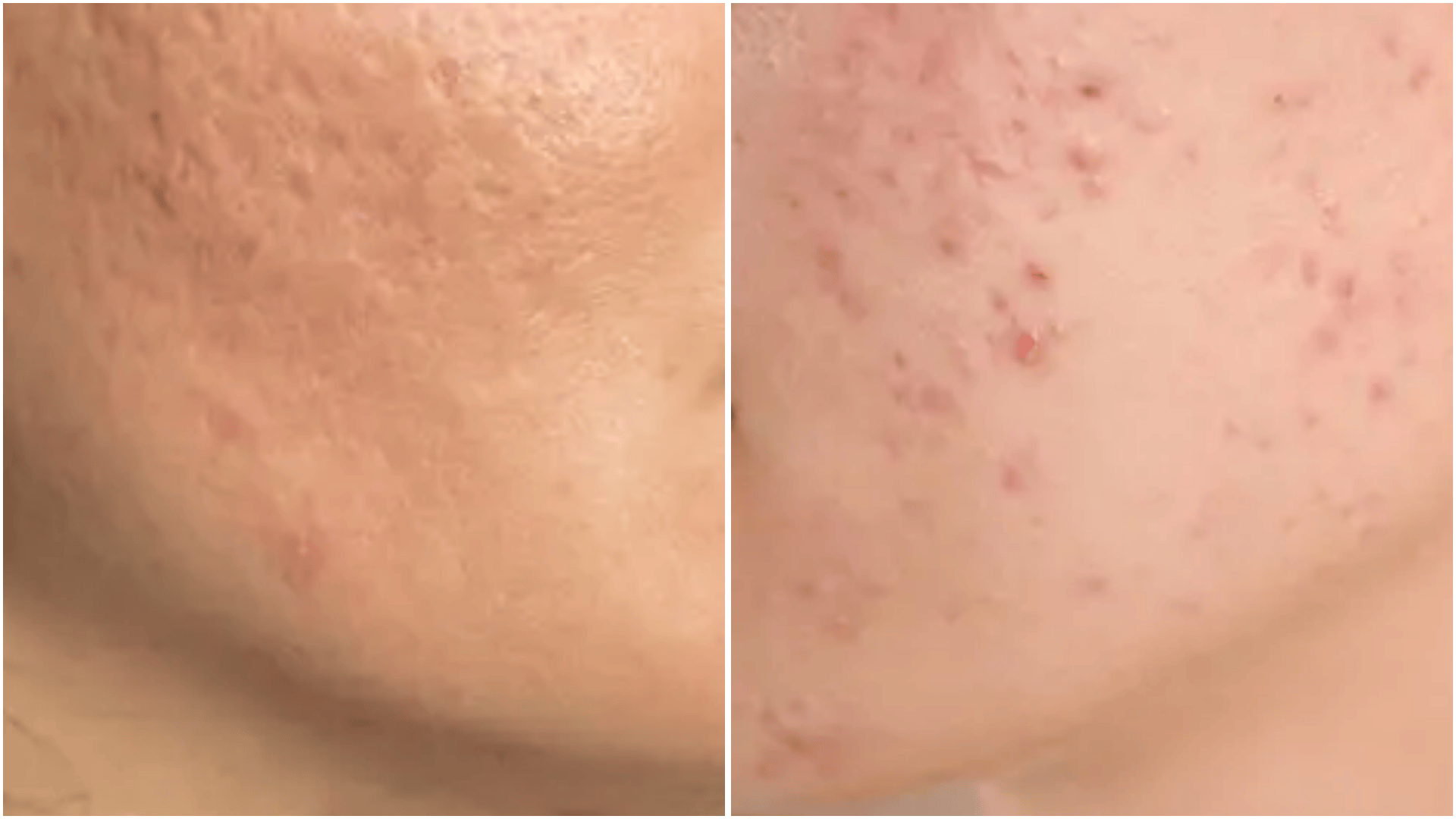
Understanding your scar type helps you choose the right treatment:
Atrophic Scars (Depressed):
- Icepick: Narrow, deep pits that look like tiny puncture marks
- Boxcar: Wide depressions with sharp, defined edges
- Rolling: Wave-like undulations creating an uneven surface
Hypertrophic (Raised Scars):
- Hypertrophic/Keloid: Thick, raised scars from excess collagen, more common on the chest, back, and jawline
What causes them? Genetics play a role, but the main factors are delayed or inadequate acne control and picking at breakouts.
The deeper and more inflamed the acne, the higher the risk of scarring.
Professional Treatment Methods
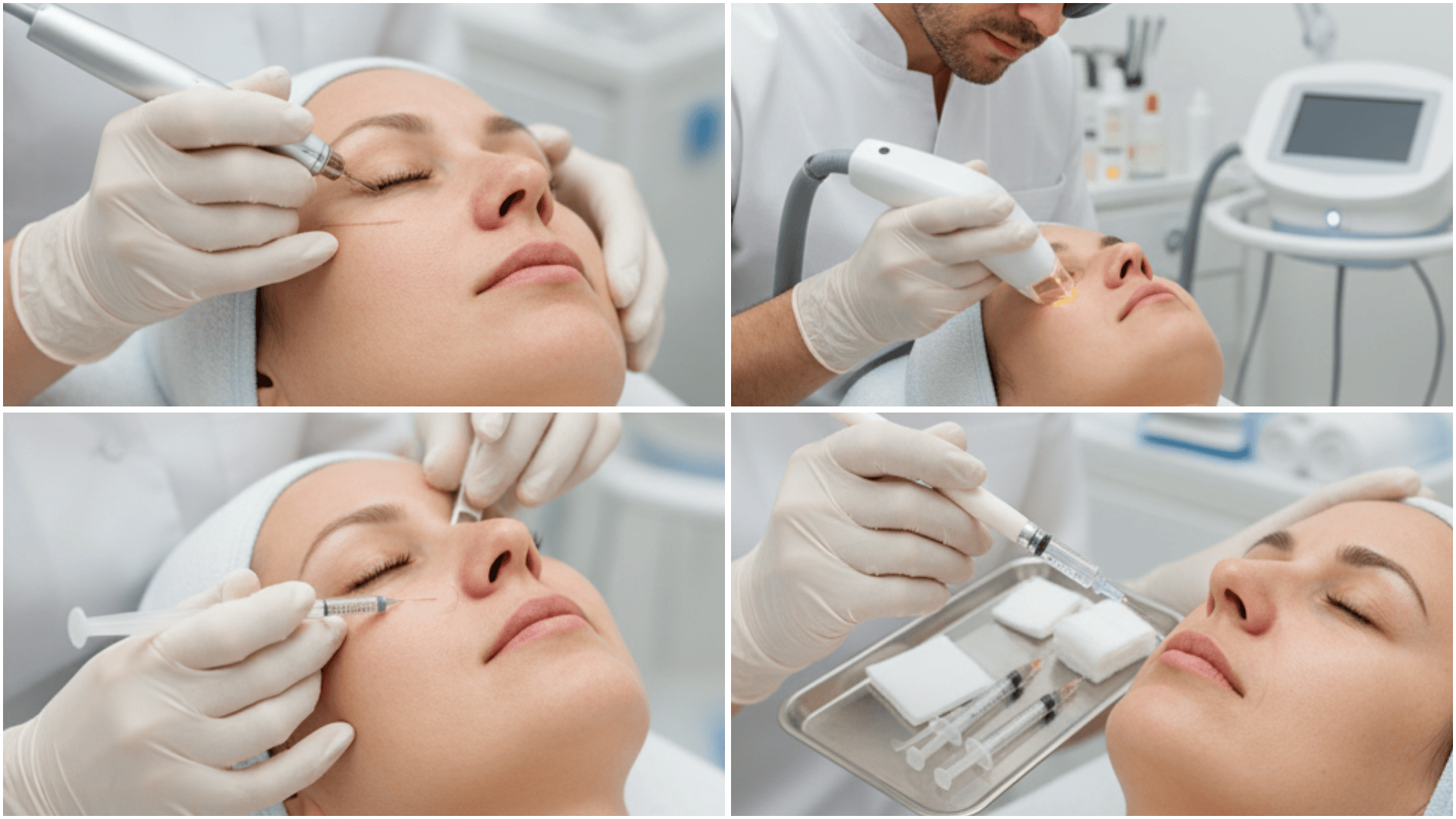
When at-home care isn’t enough, these proven in-office treatments can significantly improve both marks and scars:
1. Microneedling
Microneedling uses fine needles to create controlled micro-injuries in your skin, triggering your body’s natural healing response and collagen production.
This process gradually smooths depressed scars and improves overall skin texture. Multiple sessions spaced 4-6 weeks apart produce the best results. Requires minimal downtime with some redness for 1-2 days.
Best for: Rolling scars, shallow boxcar scars, overall texture improvement
2. Fractional Lasers and Radiofrequency
These treatments deliver targeted heat energy to scar tissue, vaporizing damaged collagen while stimulating new, healthy collagen formation.
The “fractional” approach treats only a fraction of skin at a time, allowing faster healing. Results improve over several months as new collagen develops.
Best for: Deep boxcar scars, rolling scars, moderate to severe texture issues
3. Subcision
This surgical technique releases tethered scars by inserting a needle beneath the scar to break the fibrous bands pulling it downward.
The procedure creates space for new collagen to form, lifting the depression from underneath. Often combined with fillers or other treatments for enhanced results. Bruising is common but temporary.
Best for: Deep rolling scars, tethered boxcar scars, bound-down depressions
4. Chemical Peels and TCA CROSS
Chemical peels use acids to remove damaged skin layers, promoting cell turnover and fading marks. TCA CROSS applies high-concentration trichloroacetic acid directly into deep scars to trigger intense collagen remodeling.
While peels work well for marks and surface texture, TCA CROSS specifically targets individual deep scars. Results appear gradually over multiple treatments.
Best for: PIH (hyperpigmentation), icepick scars, shallow texture irregularities
5. Dermal Fillers
Injectable fillers (like hyaluronic acid) add volume beneath depressed scars, instantly lifting them to match the surrounding skin.
Results are immediate but temporary, typically lasting 6-12 months depending on the product used. Best as part of a combination approach rather than a standalone treatment.
Best for: Rolling scars, deep boxcar scars, immediate temporary improvement
At-Home Care Methods
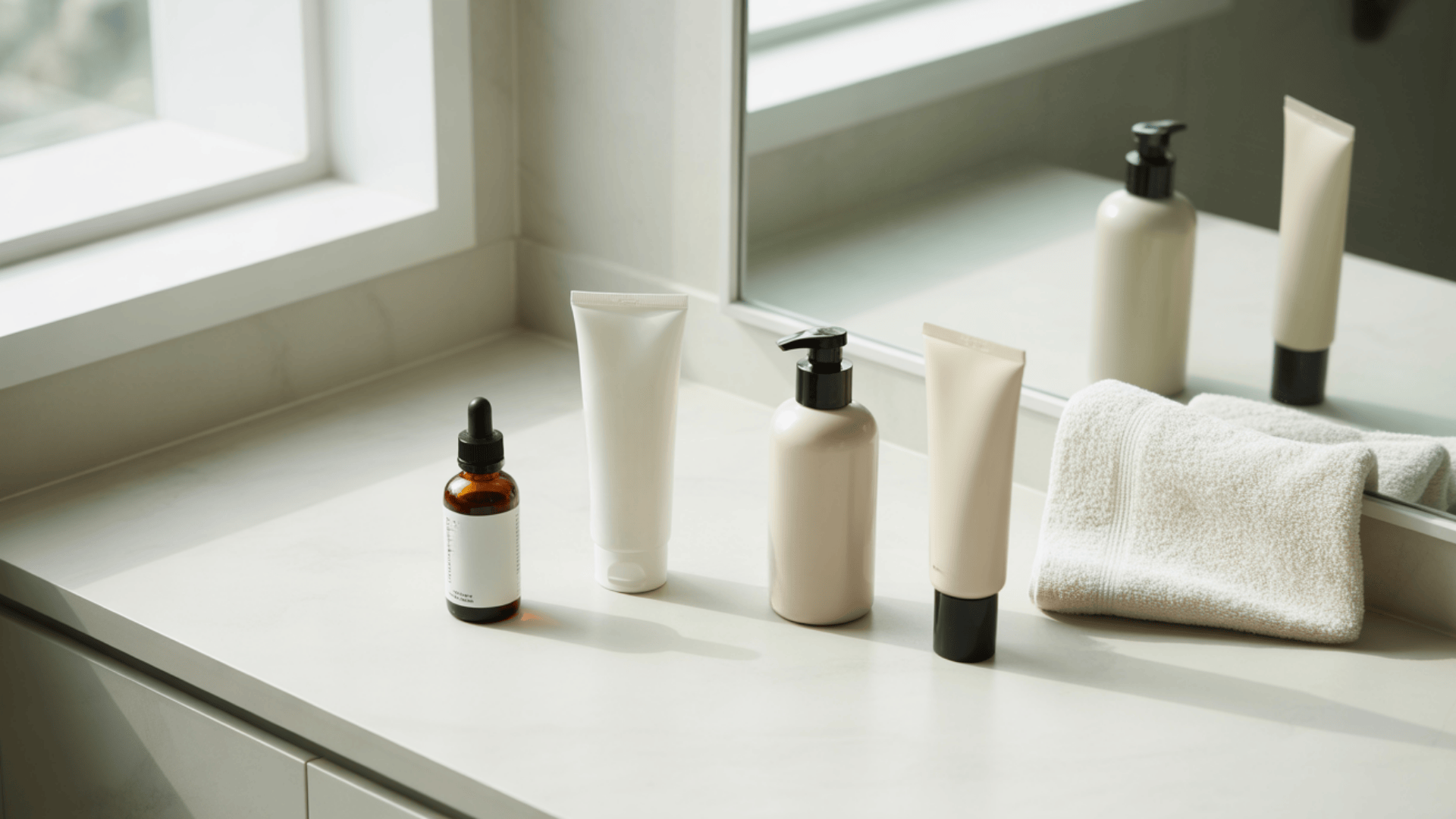
Professional treatments deliver the best results for scars, but at-home care can significantly improve marks and maintain your professional treatment results.
1. For PIH (Dark Marks)
While PIH responds well to at-home treatments, consistency and patience are essential for visible results.
- Daily SPF 30+: Non-negotiable. Sun exposure darkens PIH and undoes your progress.
- Azelaic acid: Reduces pigment production and brightens existing marks.
- Retinoids: Speed cell turnover to fade marks faster.
- AHAs (glycolic, lactic acid): Exfoliate to reveal brighter skin underneath.
- Vitamin C: Brightens and protects against future darkening.
Patience is essential. PIH can take 6-12 months to fade completely.
2. For PIE (Red Marks)
PIE requires a gentler approach that supports your skin’s natural healing process.
- Barrier repair: Focus on gentle, non-irritating products that support healing.
- SPF: Prevents additional damage and supports fade time.
- Professional help: If PIE persists beyond 6 months, consult a dermatologist about vascular laser treatments.
3. For Early Scars
At-home products have a limited impact on established scars, but early intervention can help with fresh scarring.
- Prescription retinoids: May help with early scar remodeling when used consistently.
- Don’t pick: Avoid making scars worse by leaving healing skin alone.
Prevention Strategies
The best scar treatment is preventing them in the first place. Control acne early by seeing a dermatologist if over-the-counter products aren’t working within 6-8 weeks.
Never squeeze or pick at breakouts, as this dramatically increases inflammation and scarring risk. Use non-comedogenic skincare and makeup products that won’t clog pores and trigger more breakouts.
Wear daily sunscreen to prevent PIH from darkening and protect healing skin from damage. Follow consistent, gentle routines, avoiding harsh scrubs and over-exfoliation that worsen inflammation.
Remember, every new breakout is a potential scar, making early and effective acne treatment your most powerful prevention tool.
Your Acne-Safe Skincare Routine
Here’s a simple template for acne-prone skin that minimizes marks and scars:
Morning
Evening
2-4 times weekly
|
Bottom Line
Before spending money on treatments, identify whether you’re dealing with color changes or texture changes. That simple distinction determines everything.
For marks (PIH/PIE), commit to daily SPF and brightening actives like vitamin C, azelaic acid, or retinoids. Most marks fade within 6-12 months with consistent care.
For true scars, save your money for professional procedures. Topicals alone won’t fill in depressions or flatten raised tissue.
Work with a dermatologist to match your scar types with the right combination of treatments.
Most importantly? Control active acne now. Every new breakout is a potential scar. Early, effective acne treatment is the single best way to prevent both marks and scars from forming in the first place.


